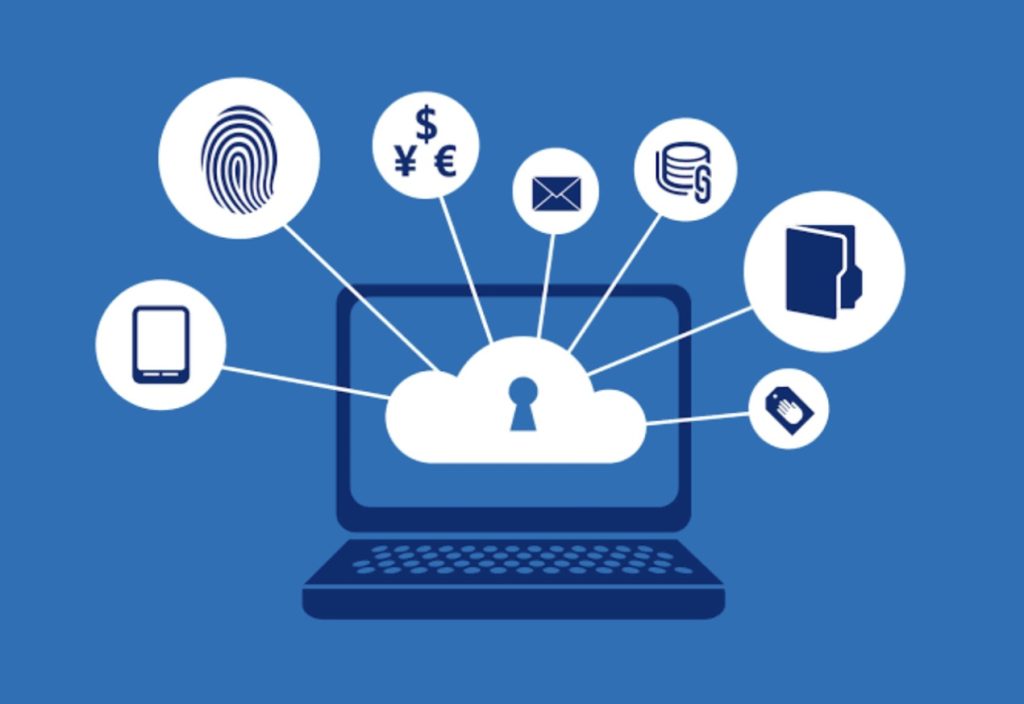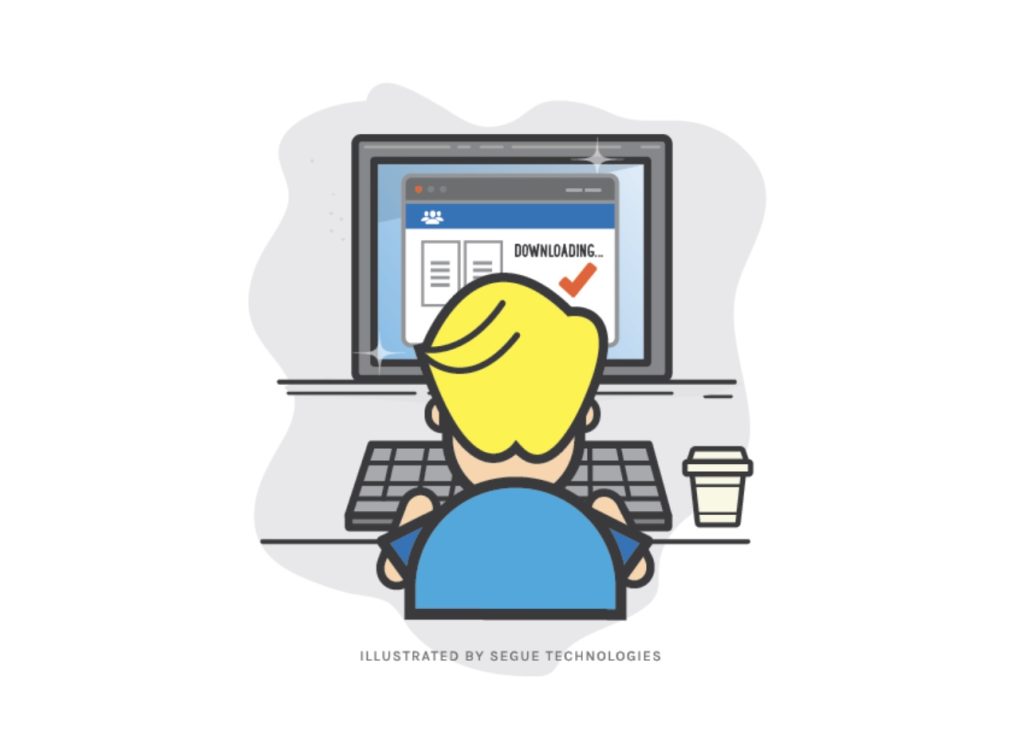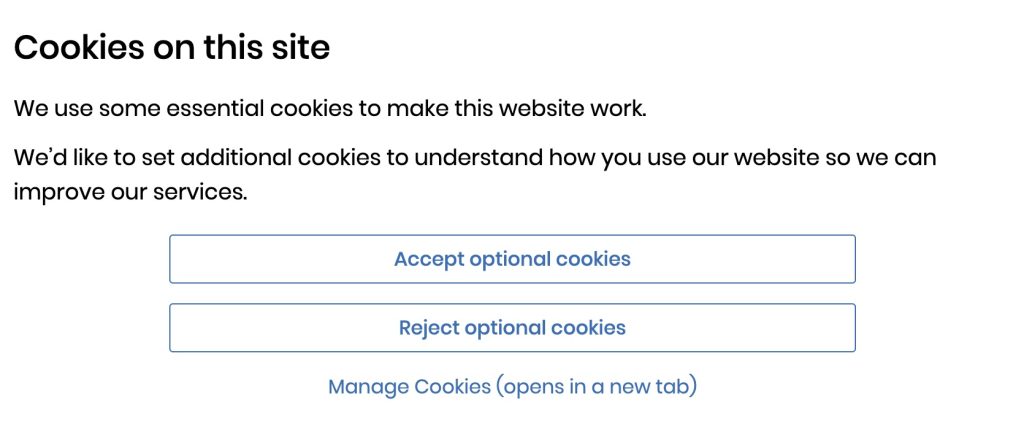
Introduction
Today is an era of rapid development of Internet technology and affecting every aspect of our lives profoundly. In some ways, we can say that the Internet has reconstructed our way of life. For example, our phone alarms wake us up in the morning. On our way to work or school, the mobile phone navigation system recommends reasonable routes so that we can reach our destination in the most efficient way. When we need leisure and entertainment, social software on mobile phones such as TikTok, rednote, meet our entertainment needs based on algorithm recommendations. When working, the Internet allows people who are not in the same place to collaborate online. Regardless of time and place, cross-border work can also be carried out smoothly. In addition, the development of the Internet has also promoted the development of new business models, such as sharing economy platforms. For example, Uber and Airbnb have provided great convenience to our lives in the fields of travel and accommodation.
However, while bringing tremendous convenience, the internet also poses serious privacy challenges. Security and privacy have become major concerns, causing varying degrees of worry among users. Our devices don’t just collect basic information like names and phone numbers – they can monitor our daily activities too. Even small details like when we’re home or what we ate for lunch may be tracked (Yang et al., 2017). More worryingly, these seemingly minor data points can combine to create a complete profile of who we are – our sleep patterns, spending habits, and social circles. Smart home devices know when we sleep, food delivery apps understand our eating preferences, social platforms analyse our relationships, and navigation apps track our movements. These changes have made the concept of “privacy” increasingly vague in the digital age.
What makes this particularly serious is that such data collection often happens without users’ full awareness or through forced consent. When we quickly scroll through lengthy privacy policies while registering for new apps, when we check “agree to data sharing” for convenience, or when we make quick payments using public Wi-Fi, we’re essentially trading our privacy for convenience. In this fast-developing internet era, our personal privacy faces unprecedented threats. Every connected device could become a potential leak point for our private information.
What Exactly is Privacy?
“Privacy is a messy and complex subject.”
– Nissenbaum (2010, p. 67)
Privacy is like the boundary line in our daily lives. Traditionally, it mainly involved physical spaces—our homes, private conversations, and personal matters. At its core, privacy means having the right to decide who gets to know our information, what information we share, when and where we share it.
In short, privacy protects the things we don’t want others to know. It’s closely tied to freedom—the freedom from unwanted surveillance, interference, or exposure of personal details. But in today’s digital world, privacy is no longer just about keeping secrets.
Privacy in the Digital Age
Flew (2021) argues that concerns about the leakage of personal privacy on the Internet have always been one of the most common issues. Although in practice the right to privacy is limited by other competing rights, obligations and norms, it remains an inherent human right (Flew, 2021). Karppinen (2021) claims that individual rights are important for addressing policy issues related to digital technologies and the Internet. Nowadays, privacy means control over your personal information—the power to protect: photos in your phone gallery, your bank account balance, your browsing history and even your private chats with friends.
Digital privacy has become more important than ever. It now includes not just personal data but also online activities and even biometric info (like facial recognition). With the rise of social media, mobile payments, and smart devices, our data is being collected, stored, and shared at an unprecedented rate.
This isn’t about creating fear, but about staying aware. Because in the digital age, privacy isn’t just a personal right—it’s a daily responsibility.
Contexts of privacy
Nissenbaum (2010) points out that privacy issues need to be in a specific social context. It cannot be measured simply by whether personal data is public or private. Privacy depends on different social scenarios and norms. We should pay attention to whether data flows conform to the norms of specific social situations.
Besides, different social fields such as medical care, education, and finance have different information sharing rules (Nissenbaum, 2010). In this case, privacy should be respected in those specific fields. For example, users may be willing to share photos with friends on the social media. But they don’t want other strangers to have access to their private content.
Contextual integrity
“Contextual integrity is defined in terms of informational norms: it is preserved when informational norms are respected and violated when informational norms are breached.”
– Nissenbaum (2010, p. 140)
Contextual integrity can be used to determine whether information flow is reasonable. Nissenbaum (2010) explains that privacy is threatened when the flow of information violates the normative information flow in the situation. Thus, contextual integrity provides a way to assess whether privacy has been violated.

Personal privacy issues on the Internet
When you connect to public Wi-Fi, do you just click ‘I have read the terms’ without reading anything?
In today’s world of high-speed network development, the Internet has completely changed our lives. Public Wi-Fi has become an indispensable part of modern life. Just click “Agree to the Terms” to go online, eliminating the tedious login process. No passwords, no data limits. Why pay for cellular when you could stream, shop, and post for free, right? For example, in shopping malls, cafes, airports and universities, people can use free Internet to browse social software. Customers can use free Wi-Fi in cafes to work, reply to emails, etc. The network in these places is usually high-speed and stable, which can meet people’s immediate needs. However, it is precisely this convenience that makes most people ignore the privacy leaks and security issues behind it.
Free is the price!
Like social media, public Wi-Fi offers our personal information and data for free, but the terms are often hidden in dozens of pages of agreements. In fact, almost no one will read the entire agreement carefully. I believe you read the privacy settings on social media, but don’t pay attention to the user agreement on public Wi-Fi. However, the latter can directly lead to more serious issues. In this data-driven age, our personal information is being collected, stored, and exploited more easily than ever before. Every time we browse the web, register an account, or even connect to public Wi-Fi, we leave data behind without even realizing it. However, once personal data falls into the hands of criminals, it may pose serious risks.
A case in Australia
Here I want to use the example of public Wi-Fi leading to information leakage to draw your attention.
This is a real incident that happened in Australia. In April 2024, an Australian airline employee discovered a suspicious Wi-Fi network on a domestic flight and reported it to the police. The AFP team then launched an investigation and identified a 42-year-old man on April 19, 2024. When the man returned to Perth Airport on an interstate flight, police seized a portable wireless access device, a laptop and a mobile phone in his hand luggage. After further investigation, the police executed a search warrant at the man’s residence on May 8 and eventually arrested the suspect (Australian Federal Police, 2024).
Police accuse the man used a portable Wi-Fi device to set up multiple Wi-Fi access points at airports including Perth, Melbourne and Adelaide, domestic flights and his former workplace. These networks lure users to connect by mimicking legitimate public WiFi (such as official WiFi at airports and flights) and tricking them into entering their email, social media account and password information on fake web pages. AFP’s Western Command Cybercrime Operations Team of data and devices analysed the data and devices seized from the man. According to Australian Federal Police (2024), the man has collected personal credentials of dozens of victims. This could be used to access private communications, stored images and videos, and even bank accounts.
This case demonstrates how Wi-Fi attacks can break the contextual integrity. When passengers connect to public Wi-Fi, their expected privacy situation is “secure access to the Internet”. They don’t expect others will access their email or social media account information. The attacker faked a legitimate Wi-Fi network and asked the user to enter sensitive information. It violated the reasonable information flow norms. Passengers’ information is being accessed by criminals and could be used for fraud, identity theft or other crimes. This beyond their reasonable expectations of data flows. This case is an example of a violation of “contextual integrity”. It also demonstrates why privacy issues are not just technical issues, but also social and ethical issues.

Some data collection is legal and necessary (like cybersecurity checks). But often, users have no clear idea how their data is gathered or used. This raises critical questions:
Who’s collecting our data and how is our data being used?
The first one is governments. In the digital age, governments may collect our personal information for a variety of purposes:
1. Providing public services
Optimising government services such as healthcare, education, and transportation.
- Healthcare: Electronic health records: The electronic services of personal medical data facilitates the sharing of confidence between hospitals and community clinics, and improves the efficiency of medical treatment.
- Education: Personalised learning: Customising more reasonable education policies by analysing students’ online learning data.
- Transportation: Intelligent traffic management: Reduce urban traffic congestion through monitoring of GPS, camera and other data.
2. National security and law enforcement
Monitoring potential threats, preventing crime, investigating crimes, and maintaining public safety.
Government surveillance can be used to track terrorists, criminal organizations, or hacker attacks. For example, the US National Security Agency (NSA) uses big data surveillance to identify terrorist suspects (Bergen et al., 2014). China’s Internet monitoring system is used to detect cybercrime and extremist content involving national security. The Chinese government has also established the “Skynet” surveillance system. This system combines millions of public cameras with facial recognition technology (Hannas, 2022). So, it can monitor the potential criminal suspects and factors of social instability.
3. Policy making
By collecting and analyzing demographic data, the government can more accurately formulate policies that meet social needs. For example, in the economic field, the government can analyse data from job search websites and social media activities of companies on recruitment trends. Knowing which industries are growing and which occupations are in increasing or decreasing demand allows the government to formulate economic policies accordingly. Providing vocational training or formulating industry subsidy plans to adapt to market demand, thereby formulating reasonable policies to promote economic development.
Although such data collection can improve the efficiency and security of public services, it may infringe on people’s privacy rights. Moreover, more seriously, data abuse may lead to the leakage of personal information.
The second one is technology companies.
Technology companies analyse our interests, hobbies, consumption habits and behaviour patterns by collecting users’ browsing history, search records and social interaction data. These seemingly daily behaviours will invisibly generate a large amount of personal data, which is often collected and analysed by companies.
- Product optimisation and development: By analysing user behaviour data, we can understand user preferences and usage habits, thereby optimising existing products and developing new features.
- Personalised experience: Provide customised content recommendations, search results and services based on users’ browsing history, search history and purchase behaviour.
- Competitive advantage: Data has become a core asset for technology companies, and companies with more data can often develop better products and services.
The third one is advertisers.
Have you ever thought about how your age, interests, and consumption records become tools for advertisers? How is our personal information used?
- Precision delivery: Display ads to users who are most likely to be interested in your product based on demographic characteristics, interests, and behavioral habits.
- Consumer behaviour prediction: Analyse historical data to predict consumers’ future purchasing behaviour and demand changes.
- Cross-platform tracking: Tracking user activities across different devices and platforms through various technical means (such as cookies).

Conclusion
In the digital age, the use of personal information does bring some benefits, such as personalized recommendations, intelligent service optimization, and more efficient social governance. Although these uses improve user experience and convenience, the risk of personal privacy leakage cannot be ignored and may even have serious consequences. Only when each of us pays attention and takes action can we build a safer and more trusting digital environment together.
References:
Australian Federal Police. (2024, June, 28). Man charged over creation of ‘evil twin’ free WiFi networks to access personal data. https://www.afp.gov.au/news-centre/media-release/man-charged-over-creation-evil-twin-free-wifi-networks-access-personal
Bergen, P., Sterman, D., Schneider, E., & Cahall, B. (2014). Do NSA’s bulk surveillance programs stop terrorists?. Washington, DC: New America Foundation.
Flew, T. (2021). Regulating platforms. Polity Press.
Hannas, Wm. C. (2022). Chinese power and artificial intelligence : perspectives and challenges (First edition.). Routledge. https://doi.org/10.4324/9781003212980
Karppinen K., (2021). Human rights and the digital. In I. Tumber, H., & Waisbord (Ed.), The Routledge Companion to Media and Human Rights (pp.95-103). Routledge. https://doi.org/10.4324/9781315619835
Nissenbaum, H. (2010). Privacy in context : technology, policy, and the integrity of social life. Stanford Law Books.
Yang, Y., Wu, L., Yin, G., Li, L., & Zhao, H. (2017). A Survey on Security and Privacy Issues in Internet-of-Things. IEEE Internet of Things Journal, 4(5), 1250–1258. https://doi.org/10.1109/JIOT.2017.2694844

Be the first to comment